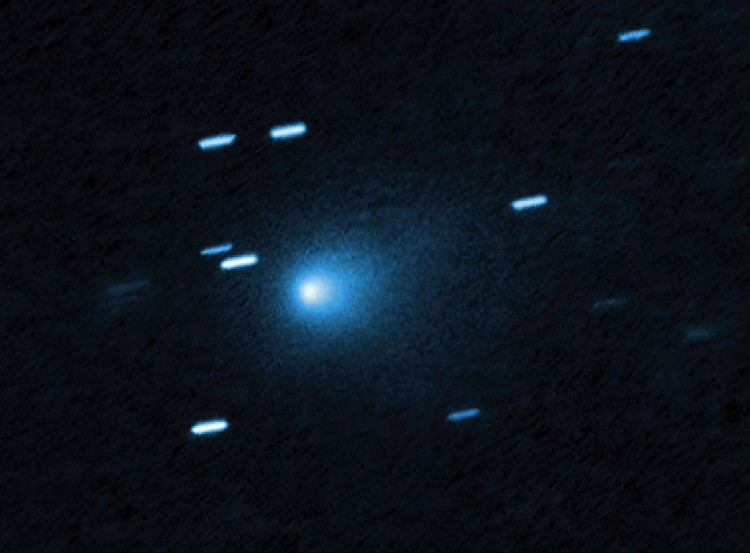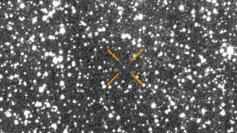NASA's preparation for a November 19 reveal of new high-resolution imagery of interstellar object 3I/ATLAS is drawing sharp interest from astronomers and speculation from online communities, as the timing coincides with the end of a prolonged information gap and renewed claims of anomalies from Harvard astrophysicist Avi Loeb. The agency says the release reflects delayed access to data from its Mars Reconnaissance Orbiter during a U.S. government shutdown, but the cluster of events has sparked broader debate over transparency and scientific urgency.
For several weeks, researchers tracking 3I/ATLAS had little new information, a void that led to widespread speculation about why key images from early October had not been processed. Those images were captured as the object passed Mars, offering a vantage point unattainable from Earth, especially since the comet-like body was nearly impossible to observe during its closest approach to the Sun on October 29. The data backlog from the orbiter's HiRISE camera left scientists waiting for the only high-resolution views available during the object's most active period.
NASA's announcement that its long-delayed release will occur just as the object reaches a pivotal point in its outbound trajectory has renewed scrutiny. While officials describe the timing as routine administrative recovery, the sudden wave of communications - after weeks of near silence - has fueled questions about why all imagery is being consolidated into a single announcement.
Avi Loeb has been among the most vocal public critics of the delay. He noted that for weeks, key images were described only as being "under processing," a phrase he sees as insufficient given the scientific importance of the material. Loeb argues that "the timing feels strange," particularly as the unexplained pause created what he describes as a blind spot during the object's most scientifically valuable moment.
Loeb has repeatedly emphasized what he calls "anomalous" characteristics of 3I/ATLAS, arguing that the object "refuses to behave like a standard comet." He points to features such as an anti-tail, specific jet structures, an unusual nickel-to-cyanide ratio, and episodes of non-gravitational acceleration. These factors, he argues, could indicate "an artificial, technological origin rather than a natural comet," and he has warned that timely access to data is essential because researchers must plan follow-up observations as the object exits the solar system.
Mainstream researchers continue to dispute the extraterrestrial-technology theories, contending that the object's behavior remains consistent with a natural comet that formed in a different stellar environment. They argue that its unusual appearance reflects its interstellar origin rather than evidence of engineering. Still, they acknowledge that the material captured by NASA's Mars-orbiting instruments may help resolve uncertainties that have proliferated during the data gap.
NASA's November 19 livestream, accessible on its website and YouTube channel, is expected to include data from multiple missions. The agency has not explained why the images are being released together, a decision that has fueled further speculation among space enthusiasts. According to sources cited in discussions around the event, the timing "feels way too strange" to those already intrigued by variations in 3I/ATLAS's brightness and motion.




